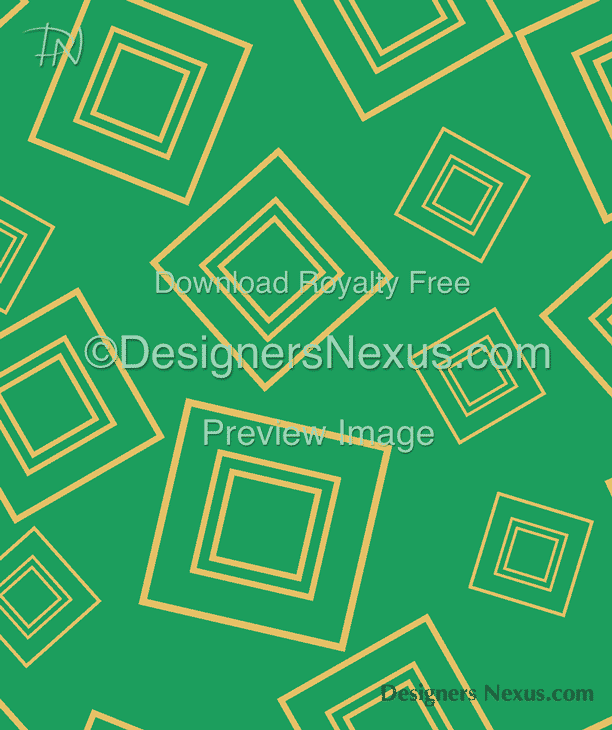Unknown Facts About Fashion Textile Patterns Design
Table of ContentsOur Fashion Textile Patterns Design PDFsLittle Known Questions About Fashion Textile Patterns Design.Not known Facts About Fashion Textile Patterns Design

Computer software has actually now changed manual weave and knit drafting procedures, which were generally executed on a chart paper with pencil. Furthermore, computer system software application can offer designers 2- and three-dimensional simulations of built structures and finished cloth. However, designers only use these simulations for quick referral, since physical completed samples provide more accurate visual and tactile details for esthetic decision-making.
Integration of computer innovation aids in creating more samples within a shorter timeframe, compared to manual techniques. Nonetheless, the essential role of computer system technology is to help production, and it is far from an imaginative medium unto itself. Alternatively, computer innovation works quite differently for printed textile style. Through computer system software/hardware, textile print designers can establish fabric prints and get additional new imaginative applications to their existing standard manual technique.
Furthermore, aside from advancements of textile CAD software, technical developments in hardware contribute to the fabric designers' imaginative processes. According to Jill Simmons, former Director of Design Solutions and Organization Development at Lectra, 'Intro of cordless pressure delicate stylus in the late 1980s was innovative. Textile designers, then acquired imaginative liberty by easily drawing with a stylus pen to create textile patterns' (Simmons, 2010).
Given that the early 1990s, after economical business off-the-shelf graphic software was first presented, some fabric designers have started to utilize such software into their fabric pattern developments. With the developments and price of individual computer system hardware, peripheral gadgets, input gadgets and output gadgets, today commercial off-the-shelf graphic software such as Adobe Illustrator and Photoshop are vital style tools for fabric designers, along with exclusive textile CAD software application.

Getting My Fashion Textile Patterns Design To Work
Today, all of these esthetic variations can be seen in high-end fashion print and house furnishing printed textiles. There are two kinds of graphic systems used in fabric CAD: (1) raster graphics and (2) vector graphics. Raster graphics systems represent images as sets of pixels in a grid format and each pixel can be represented in a different color, worth and chroma.
In contrast to a raster graphic system, vector graphics systems utilize mathematical formulas to represent geographical primitives, that include points, lines, curves and shapes. Among the advantages of a vector graphics system is that the images are resolution independent and can maintain clearness and sharpness in any augmentation or magnification.
However, today the majority of the proprietary fabric CAD software uses both raster and vector systems, and designers have options as to which system is proper for which production outcome - Fashion Visit Your URL Textile Patterns Design. internet Today, most of proprietary textile CAD software application is developed for usage in fabric design editing. While built weave and knit samples are utilized for color reference, tactile quality, and construction, print style croquis are specifically used for pattern development. Depending upon input images, color corrections are made, and Adobe Photoshop software application is among the most popular choices. In the early developments of fabric CAD software application, some of the requirements were unclear among software application developers, consisting of file formats, working file resolutions, file compression routines, color management and so on.
Likewise, the requirements for input and output raster style resolutions were also unclear in the early stage of software application developments; nevertheless, today these are standardized as 254 to 300 dpi as working resolutions. After the patterns are digitized, the designers start to color-reduce the styles according to the variety of screens for printing, and the variety of structures for weave and knit jacquard production specs. Fashion Textile Patterns Design.
Depending on the design, one pixel color (or approximately a group of similar colors) can be picked as the essential color for each color separation. This separation can also be illustrated as flat color, or as continuous tonal colors. One of the most crucial points in this modifying Click This Link procedure is that the color that has actually been minimized should visually look near to the original style.

Facts About Fashion Textile Patterns Design Uncovered
After the color decrease process, textile designers start to manipulate the color-reduced styles and settle them into action and repeat. Although this is the typical order for development workflows, depending upon types and designs of designs, color reduction can also come after the style control and action in repeat stage.
